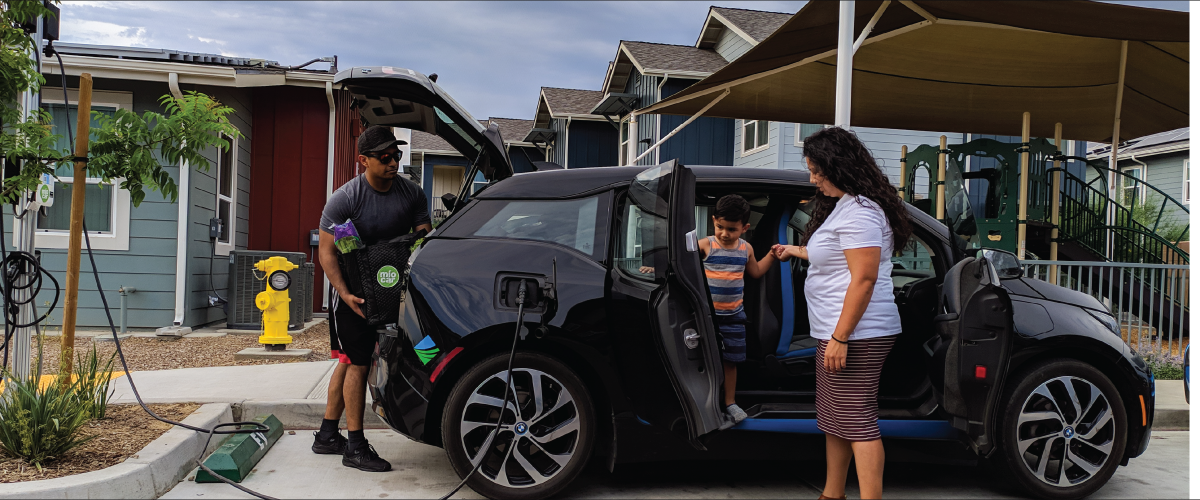Funding a clean energy transition presents central governance questions: What gets funded? Who benefits? Who decides and who participates in the decisions that are necessary to achieve a clean — and just — energy transformation?
California has been investing in a clean energy transition for decades, and, in recent years, has increasingly targeted funds to under-resourced and marginalized communities. Other states and the federal government have likewise stepped up. There is much to learn from California’s considerable experience. Our report series analyzes California’s decision-making structures — the processes that determine priorities and the mechanisms that turn broad justice principles into action. Our analysis and recommendations are intended to improve California’s programs, help emerging state programs consider the strengths and weaknesses of California’s institutional landscape, and influence emerging federal funding mechanisms.
Visit our report series headquarters or click below to access one or more parts of the series.
Executive Summary
Part I: Introduction
Part II: Fact Sheet on Funding Sources and Allocations
Part III: Investment Planning and Program Design
Part IV: Fact Sheet on Types of Funding Mechanisms
Part V: Assessing Funding Mechanisms: Program Design and Reaching Those in Need
Part VI: Assessing Funding Program Design: General Factors
Part VII: A Radical Alternative: Direct Services for Priority Communities
Acronyms and Key Terms
Banner image courtesy of Míocar.

